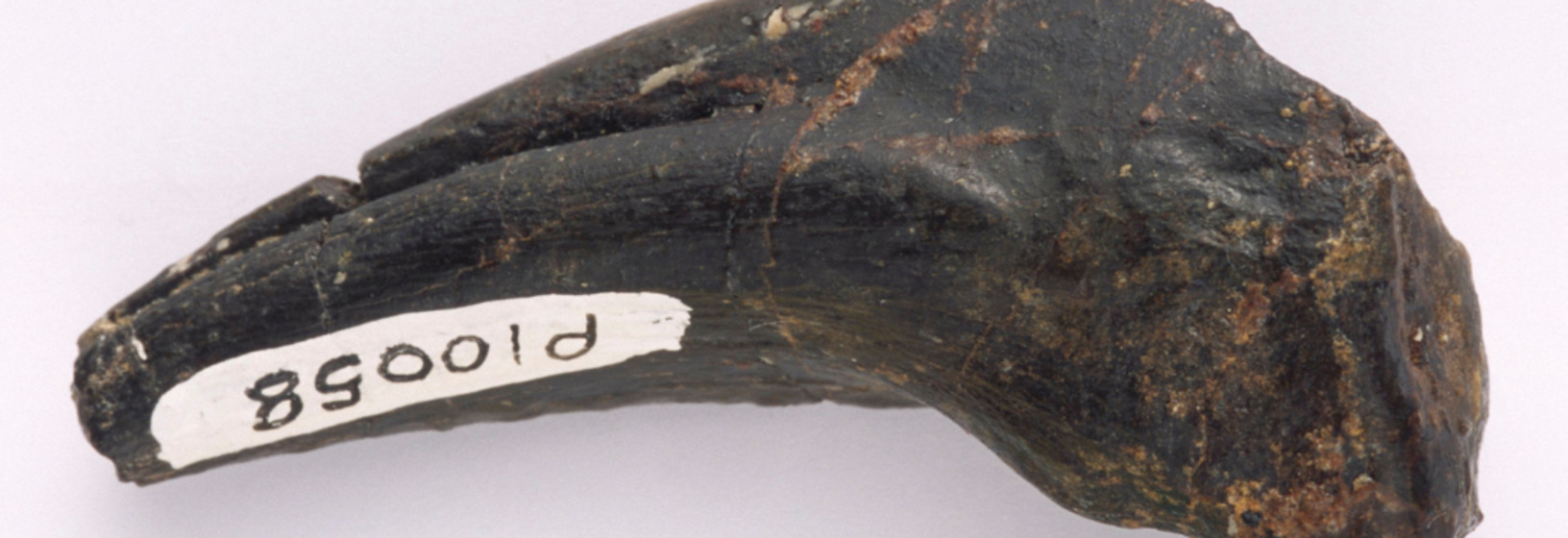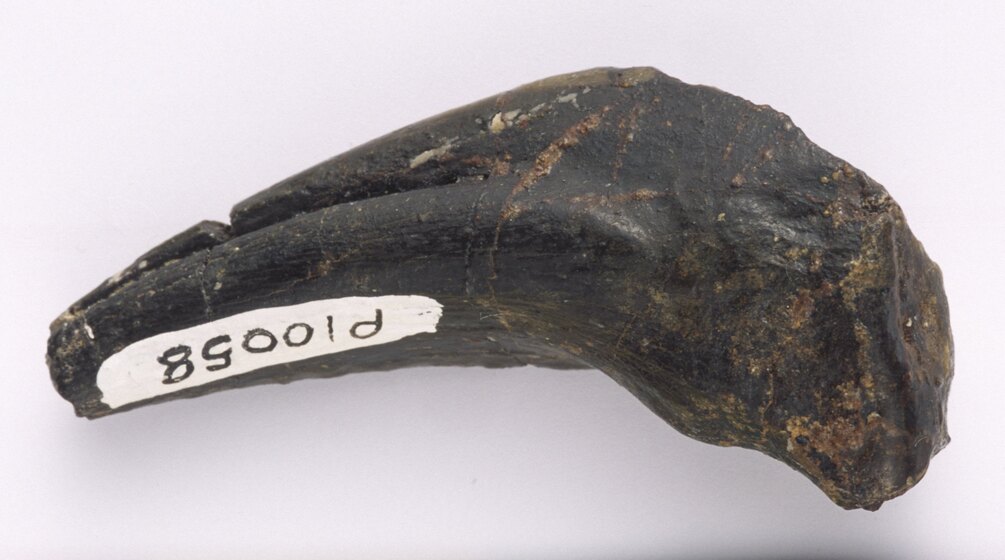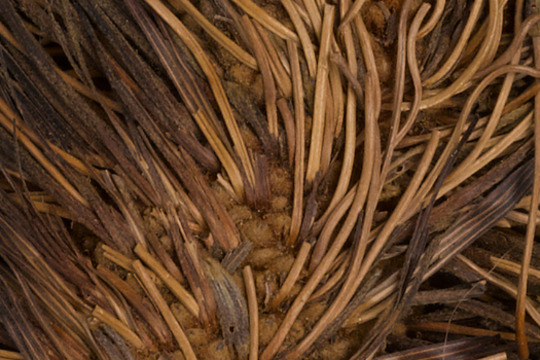Fossils, Rocks & Minerals
For those seeking to understand climate change, the study of rocks and fossils offers great insight.
Geology is the study of the physical structure of the earth, and involves an understanding of ancient events stretching back 4.5 billion years. The geological record shows that Victoria has seen cycles of warming and cooling and volcanic activity for millions and millions of years. This past climate evidence is revealed in rocks, for instance how they were formed, how they eroded, and whether or not ancient glaciers, seas, volcanos, rivers or deserts contributed to the formations we see today.
Palaeontology, the study of ancient past life, adds to this understanding of the upheavals caused by climate shifts in Victoria. Fossils, pollens, spores and microfossils show how Victoria’s past climates and past environments contributed to the evolution and extinction of species over vast time periods. This information can provide useful benchmarks for those wanting to understand the impacts of human-driven climate change.
The scientific analysis of rocks and minerals can also drive new endeavours in the attempts to filter, sequester and capture carbon dioxide and other pollutants created by human activity in the modern age.



















